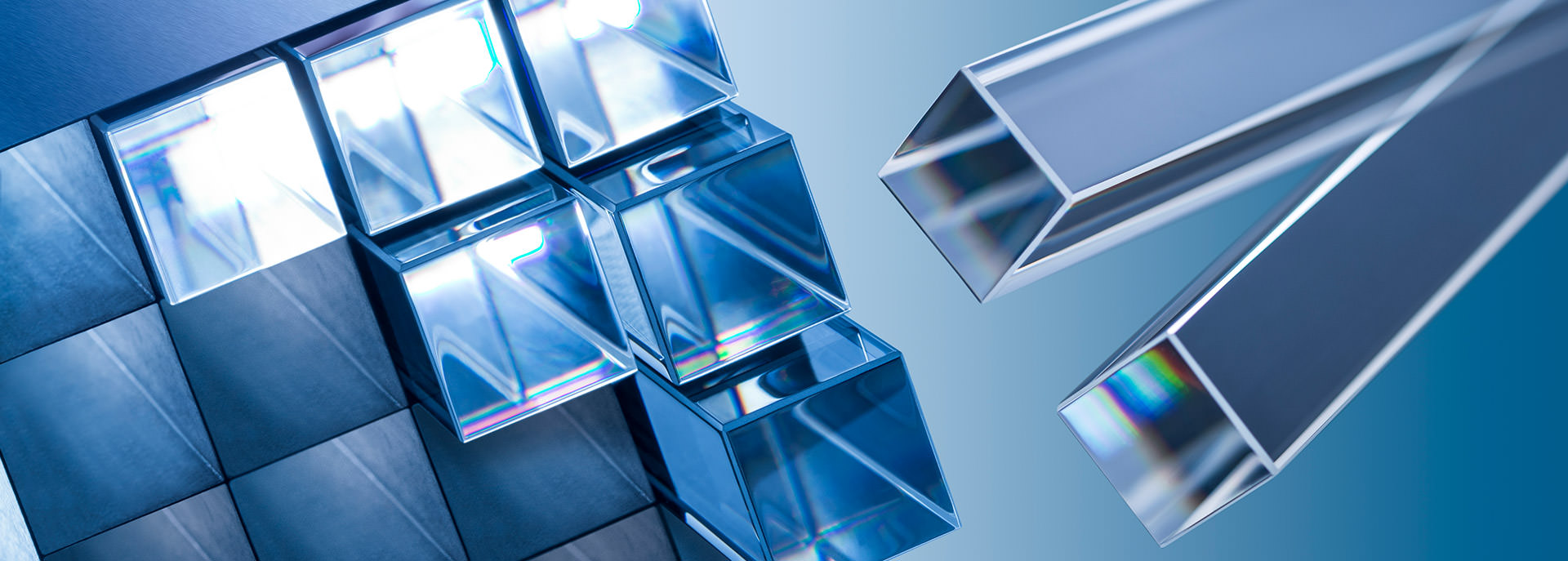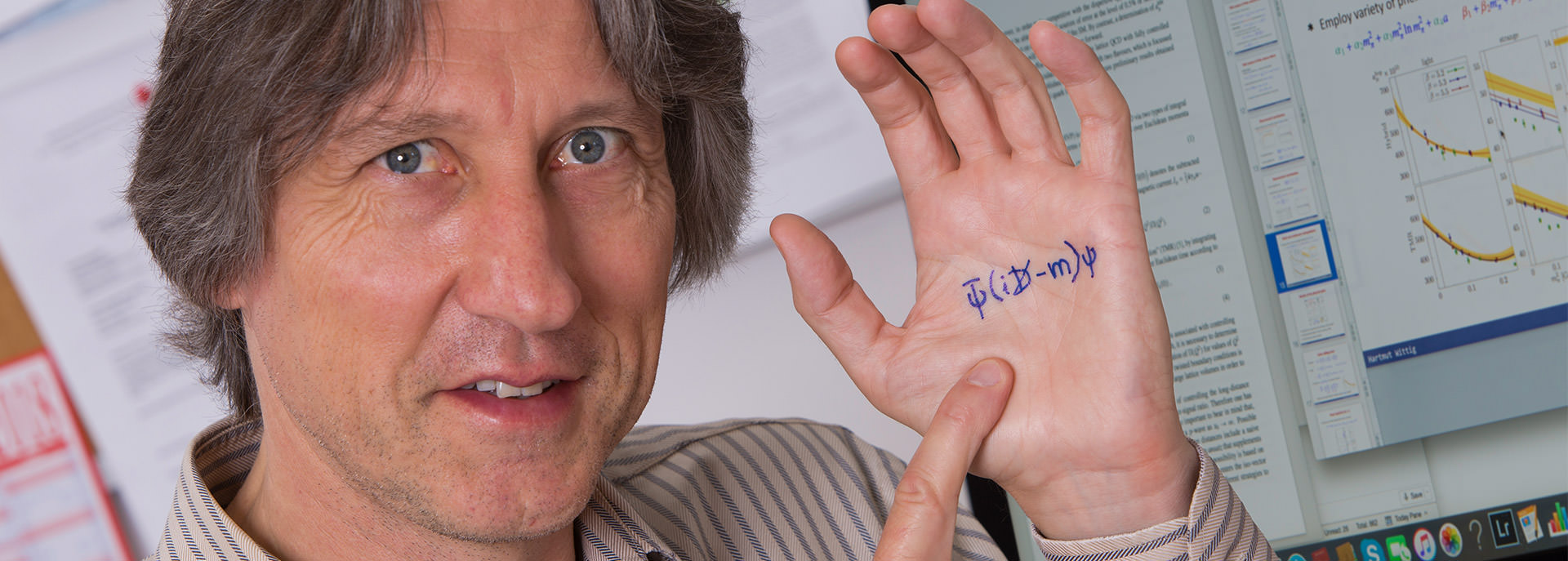The HIM ISO class 6 clean room (similar to the rooms in use for chip production) is used to combine highly efficient superconducting (i.e. operating at temperatures close to absolute zero) accelerator cavities into a complete so-called "accelerator string" with an almost complete absence of interfering particles. This string consists of in total four superconducting radio-frequency cavities and two high-field solenoid lenses, which are also superconducting. On the production line also available at HIM, this string was taken out of the clean room environment and then assembled into a complete cryomodule.
In the summer of 2023, the fully equipped module, which weights almost 8 tons, was transported from Mainz to Darmstadt to the GSI Helmholtzzentrum für Schwerionenforschung using a special truck. The assembly and integration of the cryomodule at GSI followed, as well as the connection to the local cryogenic liquid helium supply. After a successful cool-down procedure, the individual superconducting acceleration cavities were able to go into operation with the newly installed radio-frequency power supply. During initial commissioning, the electrical fields required to further accelerate the heavy ion beam from the GSI high charge injector linear accelerator were established and in some cases significantly exceeded.
On December 14, 2023 at 7:04 pm, the time had come: after five years of development, construction and commissioning, the helium beam from the GSI high charge injector was accelerated for the first time in the HELIAC-Kryomodul 1 and reached a beam energy of approx. 6.2 million electron volts in a stable manner and with good beam transmission. The acceleration gradients required to accelerate heavy ions are up to three times higher and are also available. It has also been shown that it is possible to vary the beam energy over a wider range with this cryomodule without losing particles. This is a considerable advantage of the particle-dynamics concept developed at the Goethe Universität Frankfurt, which is being applied in practice for the first time here. The first HELIAC cryomodule to be used at GSI has now successfully gone into operation. Many people have contributed to this success, in particular the staff of the GSI Linear Accelerator Department and the ACID 1 section of the HIM, but also many employees of the involved GSI departments.
The proposed HELIAC, in which up to four such modules are to be used, will accelerate heavy ion beams to up to 10% of the speed of light. The energy required for particle acceleration will be reduced by up to 90% compared to conventional accelerators through the use of superconductivity. The newly developed cryomodules make a significant contribution to saving energy and thus to reducing CO2 emissions. Once the HELIAC project is approved, funded and fully implemented, the assembled and tested modules will then be available to the scientists at GSI and HIM to carry out experiments in nuclear and atomic physics, nuclear chemistry and in the materials sciences with continuous wave heavy ion beams of the highest intensity. The prototype phase of the HELIAC project, reported here, is financially supported and funded by the Helmholtz Association of German Research Centers (HGF), the Federal Ministry of Education and Research (BMBF) and the European Union (European Regional Development Fund).
Maksym Miski-Oglu and Winfried Barth (GSI, HIM, Johannes Gutenberg Universität Mainz)




